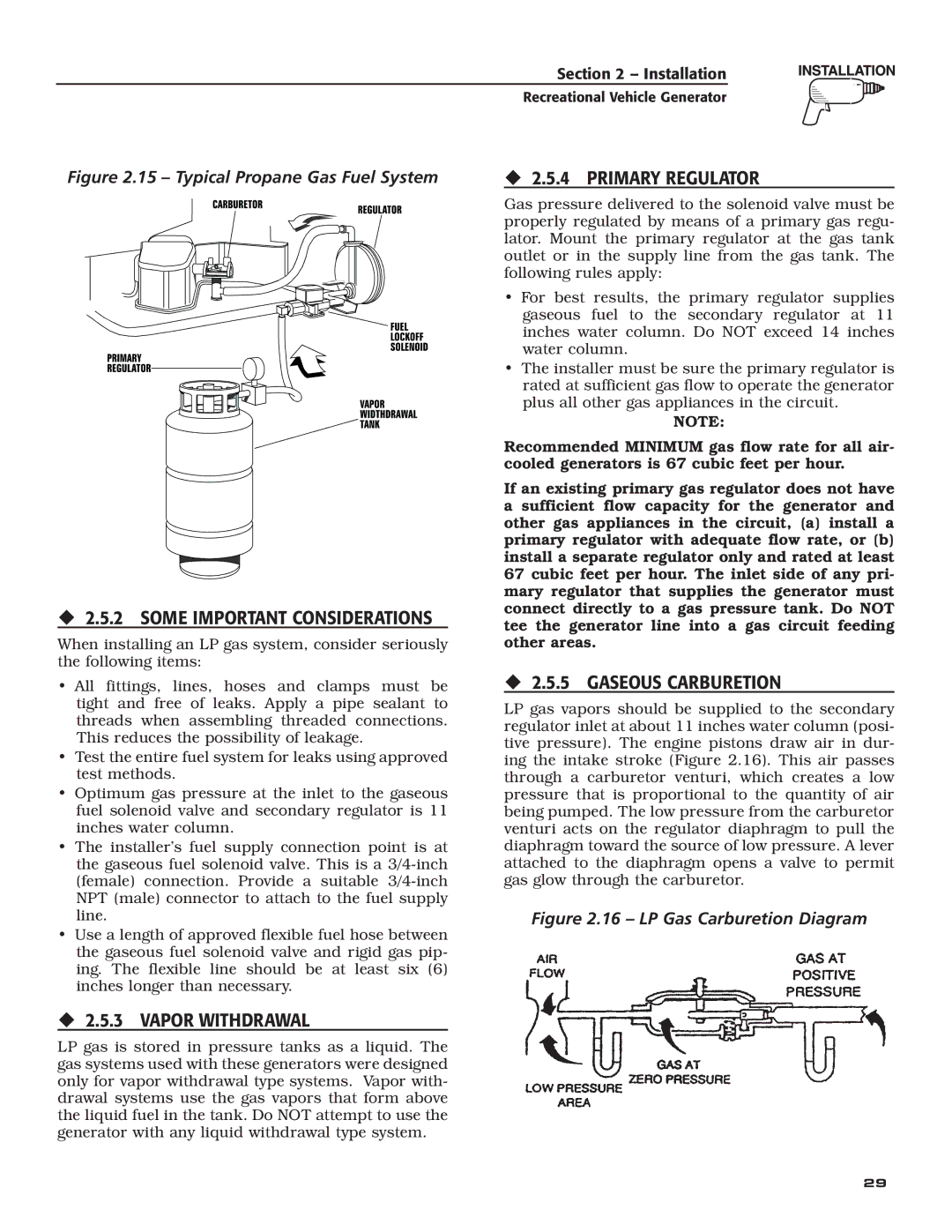02010-2, 04164-3 specifications
Guardian Technologies has made a significant impact in the air purification industry with its range of innovative products, particularly the models 02010-2 and 04164-3. These air purifiers are designed to enhance indoor air quality by leveraging advanced technologies, making them popular choices for both home and office environments.The Guardian Technologies 02010-2 is an impressive model known for its portable design and effective purification capabilities. It features a 3-in-1 air cleaning system that includes a HEPA filter, a charcoal filter, and a UV-C light. The HEPA filter is essential for capturing allergens such as pollen, dust mites, and pet dander, making it ideal for allergy sufferers. The charcoal filter helps eliminate odors, capturing smoke and volatile organic compounds, while the UV-C light helps reduce germs and bacteria, ensuring a cleaner atmosphere.
This model is compact, allowing it to fit seamlessly into small spaces, while still providing powerful purification performance. With a whisper-quiet operation, it can be used in bedrooms or workspaces without causing disruption. Additionally, it features an adjustable fan speed, enabling users to customize the airflow according to their preference, along with an energy-efficient design that helps reduce power consumption.
On the other hand, the Guardian Technologies 04164-3 introduces a more advanced air purification system with similar foundational features but enhances the user experience with added functionalities. This model typically incorporates a combination of a HEPA filter and a UV-C light as well, but it often boasts smart capabilities. These may include an air quality sensor that helps monitor particulate levels in real-time, automatically adjusting the purification level when needed. This intelligent feature ensures that the air quality remains at optimal levels without requiring constant manual adjustments.
Both models prioritize user convenience, sporting features like filter replacement indicators, ensuring timely maintenance of the purification system. They are designed for ease of use and portability, allowing consumers to move them effortlessly from room to room.
In summary, Guardian Technologies’ models 02010-2 and 04164-3 stand out in the air purifier market due to their advanced filtration systems, ease of use, and smart technologies. These air purifiers are key investments for anyone looking to improve their indoor air quality effectively.

